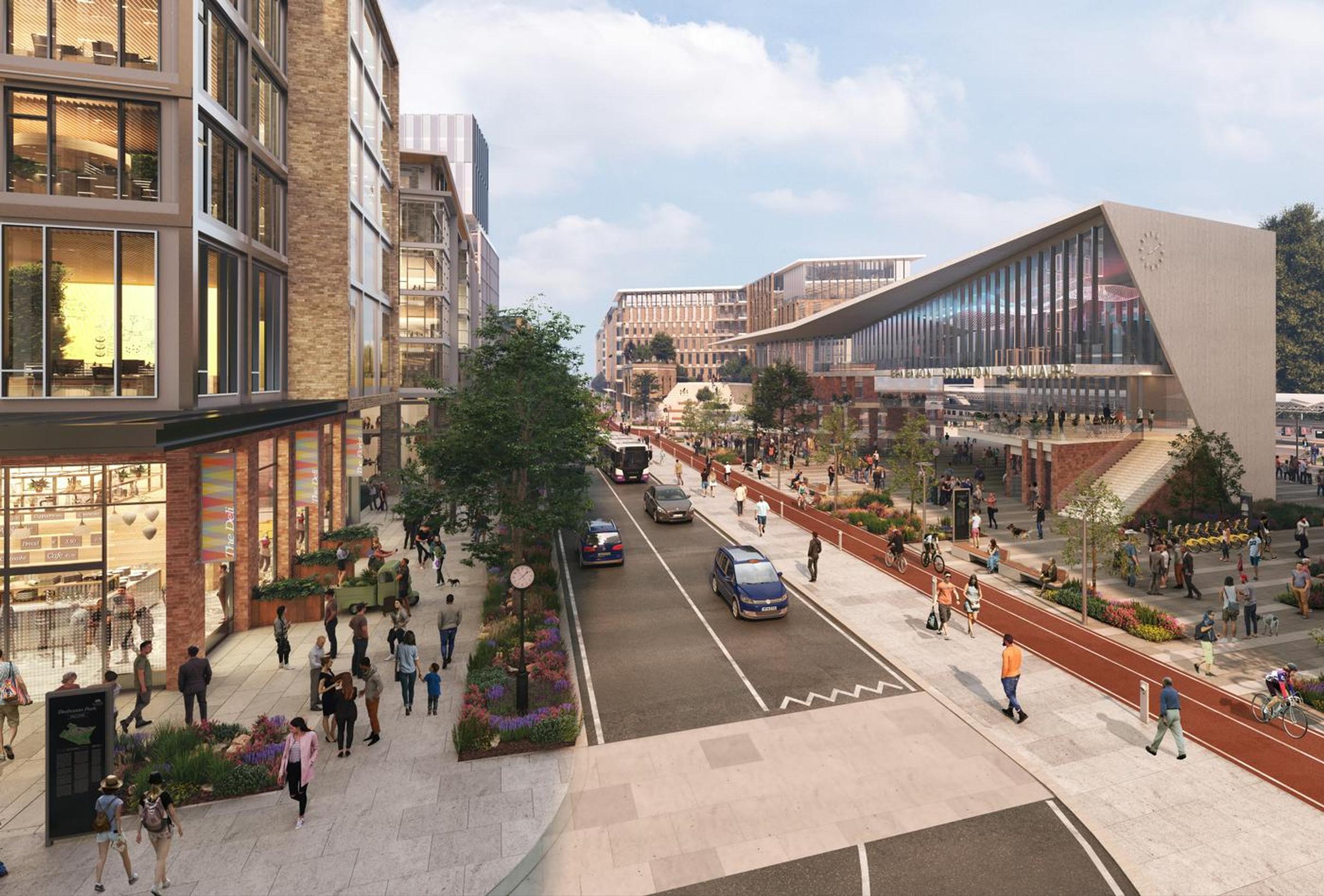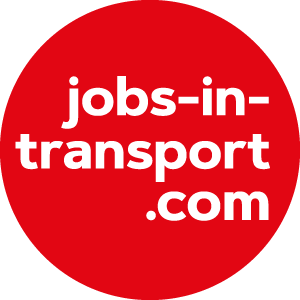

In the run up to a general election, transport is becoming a key political agenda item, especially for those of us who work in rail, says Brioney Thomas, Partner, Burges Salmon. The slow progress of implementing Great British Railways (GBR) outlined in the ‘draft’ Rail Reform Bill – which has now been published for pre-legislative scrutiny – and the various manifestos now being circulated by advocacy groups such as Rail Partners and the Urban Transport Group, suggest an eagerness to move on.
The stakes are high: rail has a massive role to play in the Levelling Up agenda, with its unique ability to connect places and people to amenities and opportunity – and so supporting both growth and decarbonisation at the same time.
“What the Levelling Up agenda has done for rail, “says Thomas, “is shine a spotlight on the fact that rail is part of an integrated transport solution that’s about giving access to all. It’s not simply for commuters in the south-east, or for one-off journeys to visit family at Christmas; rather it’s a viable means of transport for every day use by all.
"When priority can be given to local schemes, we can make sure that rail travel is part of the solution across cities and urban centres throughout the whole of the UK, not just the large conurbations where it's already established.”
This has happened, says Thomas, because devolution and Levelling Up has enabled greater involvement and engagement by local stakeholders who are best able to identify the areas where investment will actually deliver benefits most readily and in the most effective way.
Planning isn’t always about revenue return on rail services themselves, she adds, but about the improvement of the economic outlook of a whole area. “When you have wider stakeholders involved, and not just the rail infrastructure managers, or the Department for Transport, it enables other voices and other priorities to come to the table, which can give us a much more rounded view as to the potential benefits of giving people access to jobs, to education, to healthcare and other facilities.
"And all of these wider benefits, in turn, create economic growth in the local community which can be channelled back into further local improvements and projects.”
Governance and processes that have been put in place can be more challenging than they need to be
The focus is taken away from delivering against central policy targets –which absolutely can be a good thing, when we're looking to achieve big aims – but don't have the ability to cater for the nuances and the local issues that can sometimes be really important and very different across localities, says Thomas.
“So rail planning becomes a real-time exercise rather than a desk-based exercise. And I think that's really important. We're a very diverse country economically and our communities and our cities have very different requirements, so the ability to move away from a one-size fits all approach is really helpful in delivering local priorities.”
With the Bristol Brabazon development, for example, says Thomas, it's been really important that transport solutions have been integrated from the outset. Brabazon is a major UK mixed-use scheme, led by YTL Developments, and located in North Bristol.
It’s a new urban community with outline planning for 2,675 new homes, 62 acres of employment space, acres of parkland, new schools and education district and a town centre. At the heart of Brabazon will be a new arena complex and train station, making it one of the most well-connected entertainment districts in the south-west.
“It’s been great to have transport priorities pushed right up the agenda from the outset,” says Thomas. “Rail connectivity has been considered as part of the solution to ensure that the housing and new amenities across this new site are really well connected across the city.
"Brabazon will be a development for the whole city and region, and that is really important. This enables us to maximise the funding available for other projects in the area. In terms of the new arena, it's only going to be an attractive venue if people can get in and out effectively. And quickly.”
Generationally, notes Thomas, there is no longer a presumption that you hop in your car to get to places. This is something that features heavily in people's thinking, and so the fact that connectivity and accessibility been considered from the outset, and is a critical part of the delivery of the successful project (with real confidence throughout that the rail solution won't get dropped), has been really important.
“Too often, transport links feel like an add-on to a development plan rather than a critical feature of it,” she adds.
What could help to make rail-led regeneration easier in the UK, I wonder? That’s a tricky one, says Thomas. “There are a lot of regulatory and legislative levers available to support transport projects. So it's easy to make excuses about risk and say that the hurdles are too high, and I think that sometimes there is a perception that it's more difficult than it is.
“Bringing things back to basics and understanding which of the legal frameworks and requirements actually matter, versus the processes that have been adopted by habit or because people prefer them, are two quite different things. This can mean that the governance and processes that have been put in place can be more challenging than they need to be.”
And then there are the legal issues, she goes on. “It’s understandable that multi-stakeholder projects end up with a layered approach of legislative, central government and local authority requirements. Ultimately, instead of keeping sight of the vision, and achieving the outputs, projects can stagnate.
"Stakeholders need to align their processes a bit more effectively, and to understand that although different legislative or statutory obligations might be phrased differently, or expressed in different language, but that doesn't mean that they're incompatible. Network Rail’s obligations can actually be very similar to the Value for Money tests that local authorities have to justify when they're making funding available.
"So I think we can get too caught up in the difference between regimes, rather than actually focusing on how to get a solution, and that the purpose of the project is completely compatible with all parties’ legal duties.”
Stakeholders need to avoid emphasising the differences between the parties rather than the commonalities, or projects can lose momentum, and the great feeling of goodwill that exists at the outset can quickly dissipate, says Thomas.
“Which can be very, very frustrating. Contracting is not about elimination of risk. It's about appropriate allocation of risk. And sometimes, inherently, these types of projects are risky. There's risk of overspend, there's risk of specification problems, but someone has to take ownership of each risk. But trying to avoid risk means not taking any steps forward at all.”
Brioney Thomas is head of Burges Salmon's leading Transport team. With extensive experience advising on the complex regulatory framework of the railway, Brioney is a trusted legal advisor to major public and private sector clients on large, innovative transport and infrastructure projects. Brioney is recognised as a Leading Individual in the Rail sector in The Legal 500 2024 and was recently named as one of the UK’s top 10 rail lawyers by Business Today.

TransportXtra is part of Landor LINKS
© 2025 TransportXtra | Landor LINKS Ltd | All Rights Reserved
Subscriptions, Magazines & Online Access Enquires
[Frequently Asked Questions]
Email: subs.ltt@landor.co.uk | Tel: +44 (0) 20 7091 7959
Shop & Accounts Enquires
Email: accounts@landor.co.uk | Tel: +44 (0) 20 7091 7855
Advertising Sales & Recruitment Enquires
Email: daniel@landor.co.uk | Tel: +44 (0) 20 7091 7861
Events & Conference Enquires
Email: conferences@landor.co.uk | Tel: +44 (0) 20 7091 7865
Press Releases & Editorial Enquires
Email: info@transportxtra.com | Tel: +44 (0) 20 7091 7875
Privacy Policy | Terms and Conditions | Advertise
Web design london by Brainiac Media 2020